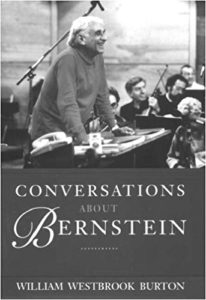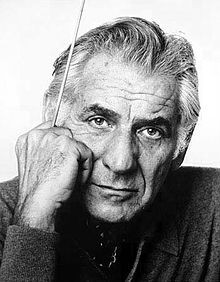SPORTS & OUTDOORS: Efforts needed to save our moose from ticks
 by Roland D. Hallee
by Roland D. Hallee
According to the Maine Department of Inland Fisheries and Wildlife, 73 percent of hunters harvested a moose during the last season. This was done despite warm spells in both September and October.
There were 2,080 permits issued, and 1,518 hunters were successful. That would lead you to believe that moose are plentiful.
Relatively speaking, this may be true. However, research by the department seems to indicate a drastic decline in our moose population. Once estimated at 90,000 moose, the population today could be as low as 50,000. With a substantial decline in the moose population also came the 50 percent reduction in moose permits issued last fall.
According to figures from the MDIFW, that is significant. The 73 percent success rate is consistent with the 71 percent success rate for moose hunters over the past five years. This is compared to turkey hunters who are generally about 30 percent, bear hunters are successful 25 percent of the time, while deer hunters in Maine are successful about 15-20 percent of the time.
 However, in an interview with the Bangor Daily News, Maine moose biologist Lee Kantar stated that the reduction in moose permits has a negative impact on guides, sporting camps and rural Maine towns.
However, in an interview with the Bangor Daily News, Maine moose biologist Lee Kantar stated that the reduction in moose permits has a negative impact on guides, sporting camps and rural Maine towns.
Kantar conducted a survey where 83 moose were captured and collared in early January in northern and western Maine.
“The thing that’s the challenge is that there’s no perfect data on how many moose are in any of those areas,” Kantar told reporter John Holyoke. What is causing this reduction in moose numbers? Kantar summed it up in one word: ticks!
In order to attempt to assess the population, DIF&W utilizes aerial flights to study the composition of the moose herd. Biologists also examine teeth from the moose to determine the animal’s age, measure antler spread, and monitor the number of ticks a moose carries, and examine cow ovaries in late fall to determine reproductive rate.
“Ultimately, we want to know about survival rates about cows and calves because they’re so crucial to our moose population, and whether we have growth or decline in stability,” Kantar told Holyoke. “We want to be able to predict at least the near future so we can satisfy what the public wants.”
In a press release from the MDIF&W, Kantar noted, “High success rates for moose hunters in northern Maine are consistent with what we are seeing with our moose survival study. Adult survival rates are consistently high in our study areas, and calf survival rates are higher in our northern Maine study area compared to our western Maine study area.”
Weather impacted many hunters, particularly in the first week of the season. Moose tend to travel less and spend more time in cover when it’s hot. It was also noted that hunter effort also declines during these periods.
However, despite all the efforts in studying moose, including analyzing blood, hair and fecal samples, and conducting a tick count, there still hasn’t been a way to prevent ticks from killing the moose.
Ticks continue to be a major nuisance in our surroundings. Maybe the answer lies in letting Mother Nature do it on her own, because sometimes human interference does nothing but make things worse.
In my article last week, I explained how it has been found that the presence of opossum could dramatically impact the tick population. But do the opossum have a place in our environment, and would their presence be detrimental to other animals in their respective regions?
The legislature’s IF&W committee has to come up with answers. It would behoove them to roll up their sleeves and get to work.
Roland’s trivia question of the week:
In 2010, what Red Sox rookie became the only player in AL history to hit a grand slam home run on the first pitch of the first at-bat of his career?




 Conversations is a volume of interviews with various individuals who knew and worked with the composer, conductor, pianist, author, TV personality extraordinaire, Leonard Bernstein (1918-1990), who was arguably the most famous man involved in classical music during the last 60 years. I have read bios by David Ewen, Joan Peyser, and Schuyler Chapin, each of whom has provided their own pieces of the fascinating puzzle comprising this genius.
Conversations is a volume of interviews with various individuals who knew and worked with the composer, conductor, pianist, author, TV personality extraordinaire, Leonard Bernstein (1918-1990), who was arguably the most famous man involved in classical music during the last 60 years. I have read bios by David Ewen, Joan Peyser, and Schuyler Chapin, each of whom has provided their own pieces of the fascinating puzzle comprising this genius.




 (NAPSI) — Presented by Carmex — If you’ll be spending time in sun-kissed climates on your next vacation, these tips can help you keep your skin, eyes and lips protected.
(NAPSI) — Presented by Carmex — If you’ll be spending time in sun-kissed climates on your next vacation, these tips can help you keep your skin, eyes and lips protected. 3. Drink plenty of water: Just like the rest of your body, your lips need nourishment. Be sure to pack a large refillable water bottle
3. Drink plenty of water: Just like the rest of your body, your lips need nourishment. Be sure to pack a large refillable water bottle



